

The Power of Sound
Scientific research shows that sound frequencies have the power to create harmony with your body's natural rhythms
External frequency stimulation is proven to influence the nervous system.
The Science of Sound Frequencies
What is Sound?
Sound is a form of energy that travels in waves. These waves have specific frequencies
How is Sound Measured?
Sound is measured in Hertz (Hz), which determines the pitch we hear.


What Frequencies Can We Hear?
The human ear can typically detect frequencies between 20Hz and 20,000Hz.
Is Sound Only Something We Hear?
No - sound is a physical force that can interact with objects and even biological systems.

“If you want to find the secrets of the universe, think in terms of energy, frequency and vibration.”
Albert Einstein
Resonant Frequencies
Every object has a natural frequency at which it vibrates most easily—its resonant frequency. Nikola Tesla referred to this as the "Mortal Oscillation Rate," recognizing that when an external force matches this frequency, powerful effects can occur.
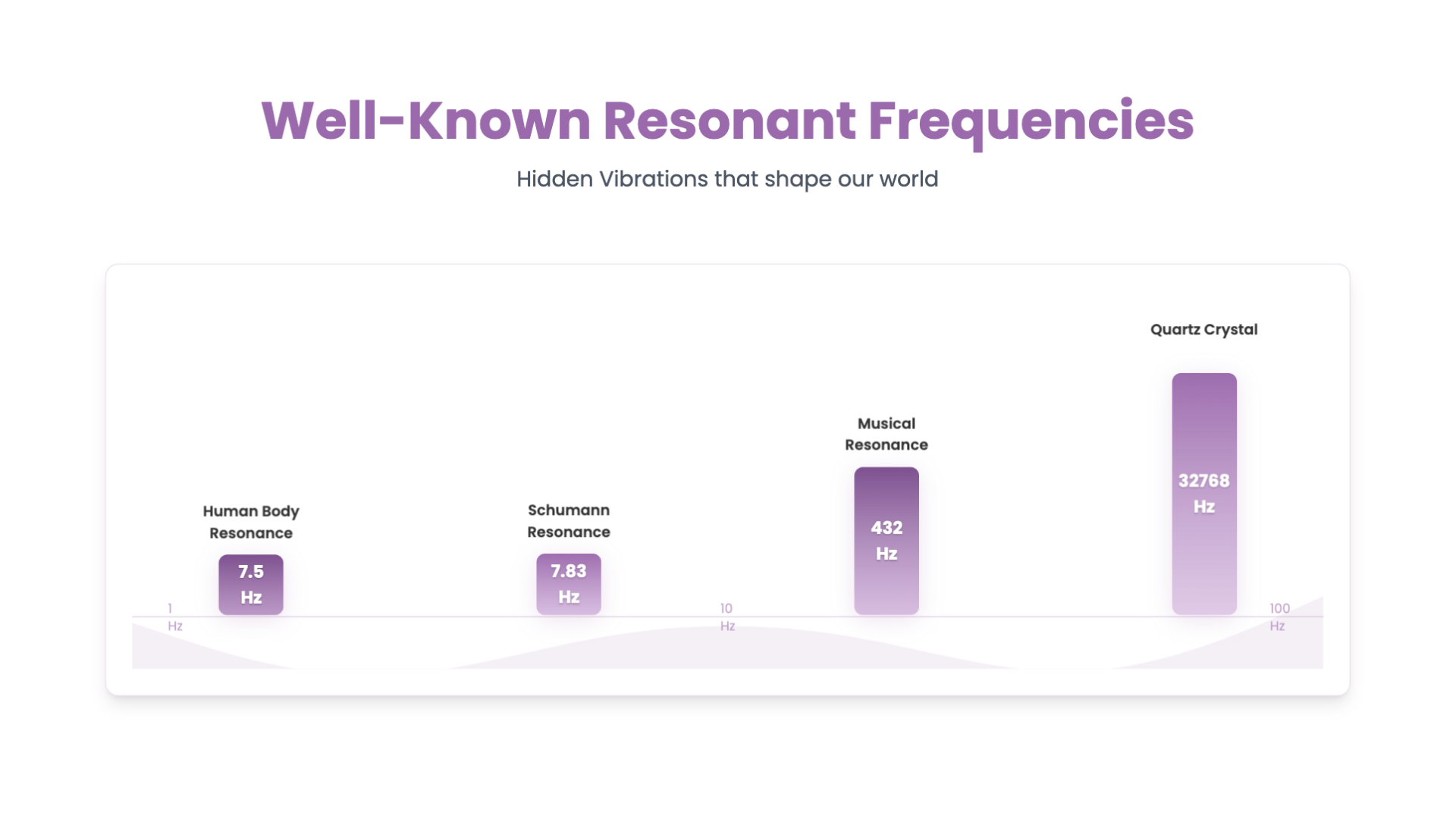
The Opera Singer & The Glass
The classic example of resonance is an opera singer breaking a glass with their voice. When the singer hits a note that matches the glass's natural frequency, the sound waves transfer energy to the glass, causing it to vibrate with increasing amplitude until it shatters.

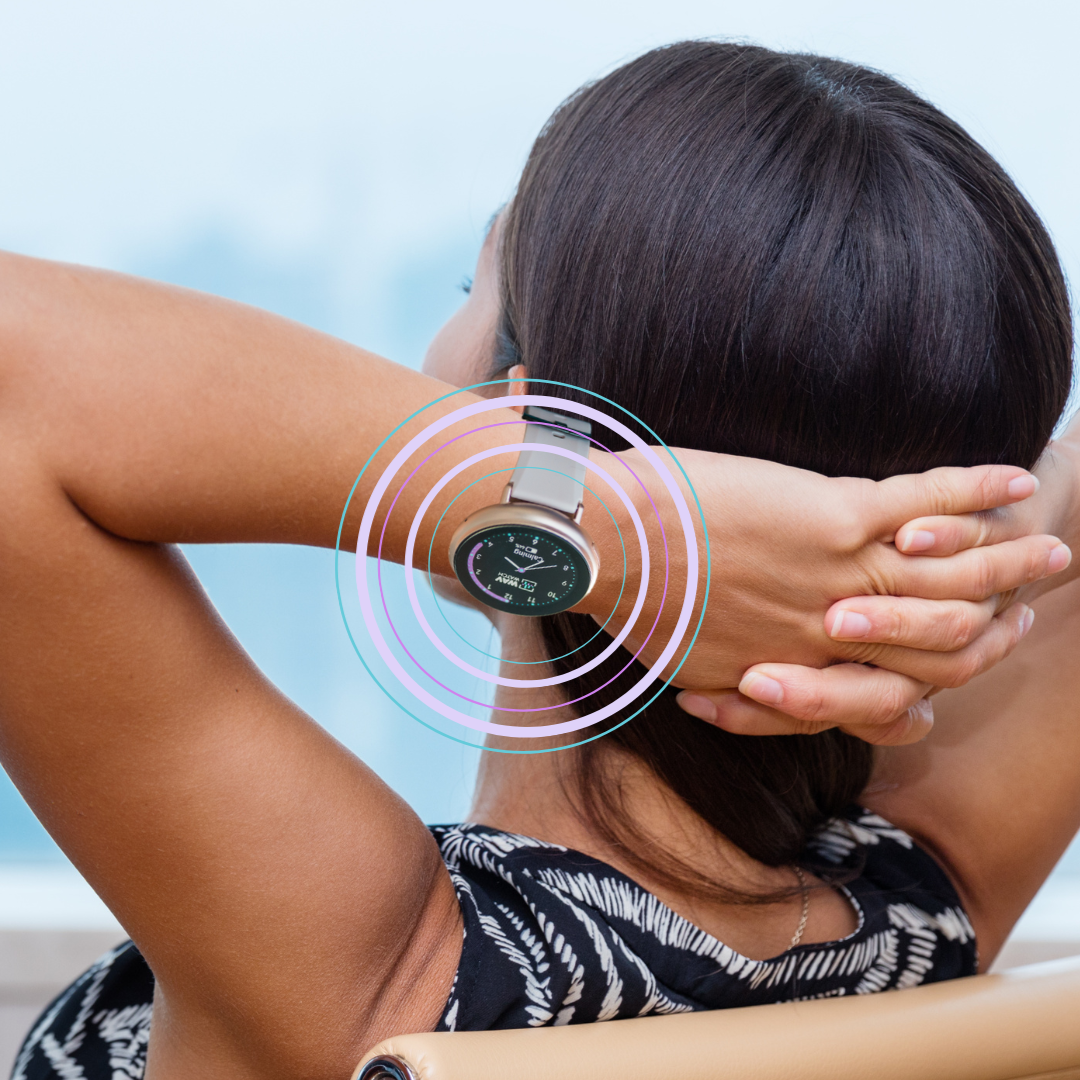
Frequencies & Our Bodies
Our bodies—from individual cells to entire organs—have natural frequencies. When exposed to matching external frequencies, resonance can occur, influencing cellular behavior and physiological processes.
WAVwatch utilizes this principle by delivering precise frequencies that resonate with specific biological systems, helping to restore natural rhythms and promote balance.
The Nervous System & Frequencies
How The Nervous System Operates
Our nervous system operates using electrical impulses that follow specific frequency patterns.
External Frequency Stimulation
Research has shown that external frequency stimulation can influence these patterns, affecting everything from stress responses to sleep quality.


The Autonomic Nervous System
It is comprised of the sympathetic ("fight or flight") and parasympathetic ("rest and digest"). These systems operate at different frequencies, and external stimuli can help shift balance between them.
WAVwatch & The Nervous System
WAVwatch technology delivers frequency patterns designed to promote parasympathetic activation, helping to counter the effects of chronic stress and support overall well-being.

Why Use The WAVwatch
WAVwatch delivers precise sound frequencies through a sleek, wearable device to help balance your body's natural rhythms. WAVwatch technology is backed by decades of research in frequency medicine and bio-resonance. Here are some key studies supporting our approach.
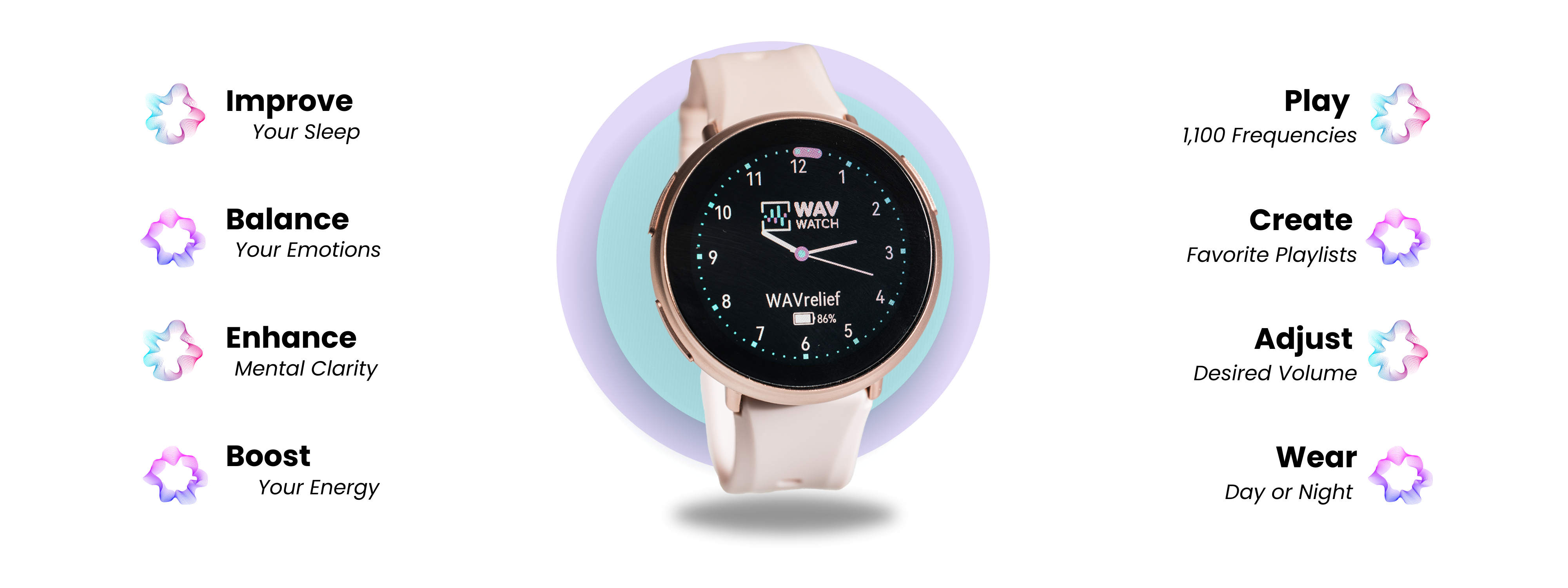
Wearable sound frequency therapy to boost your body's natural healing.
No App Required
146 Frequency Sets
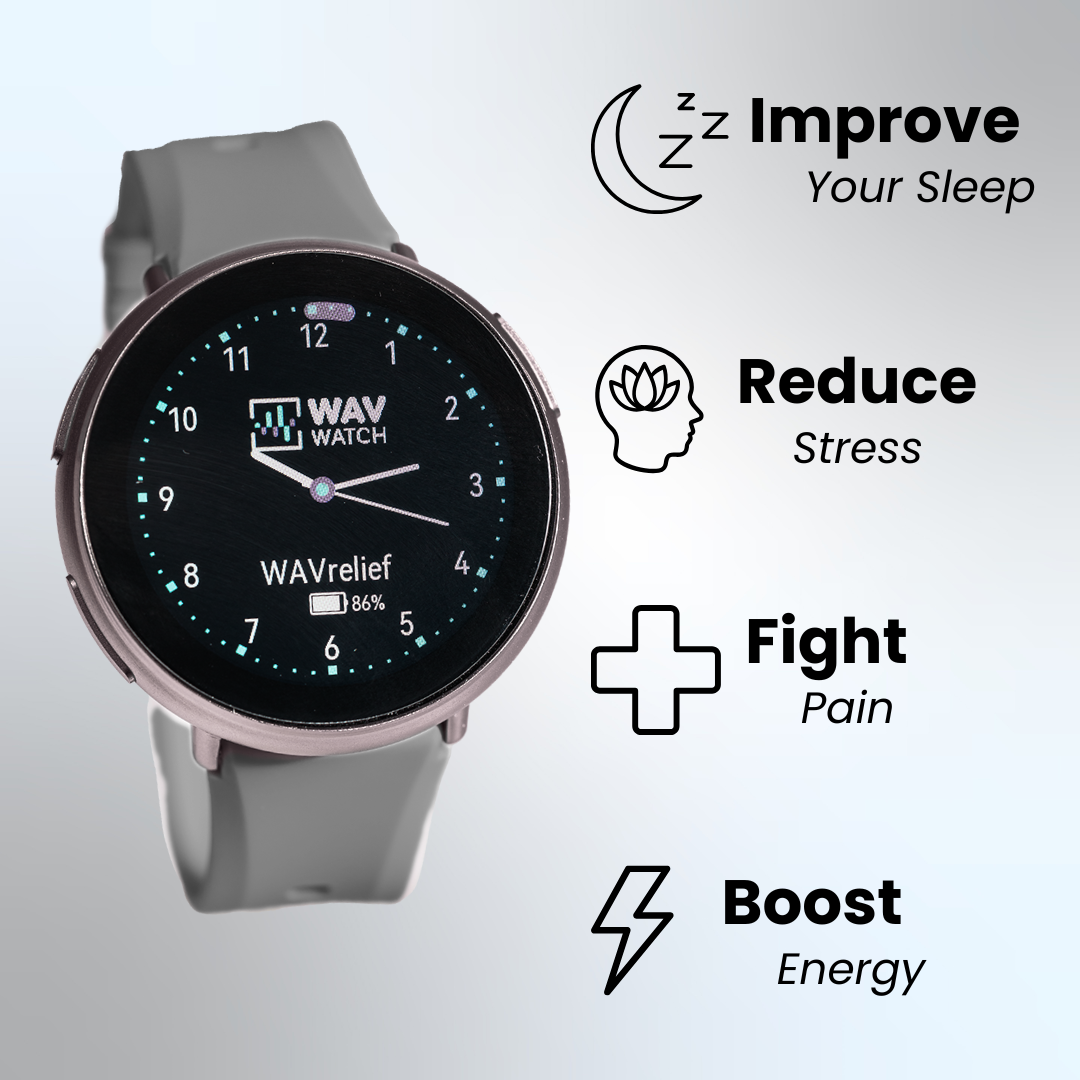
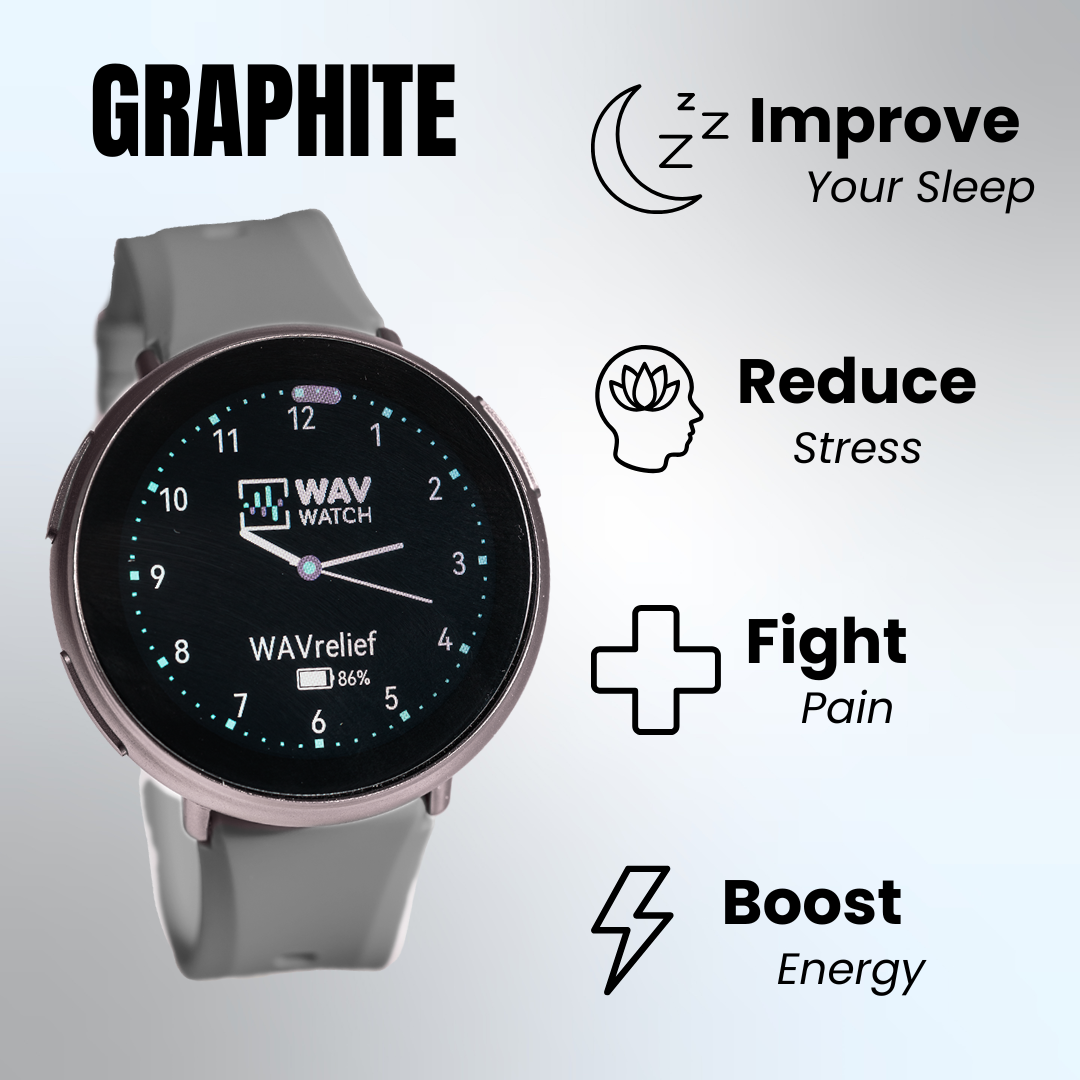
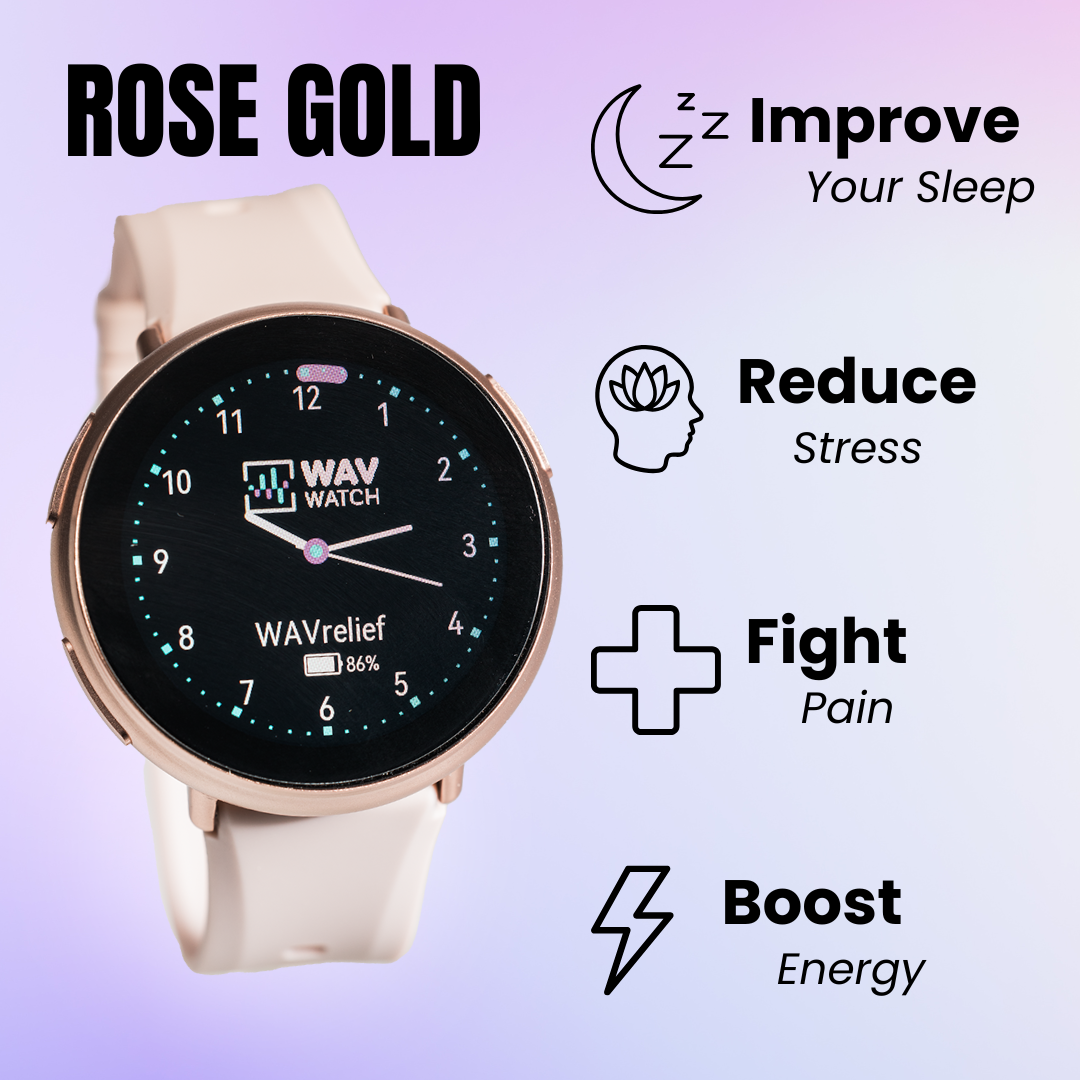
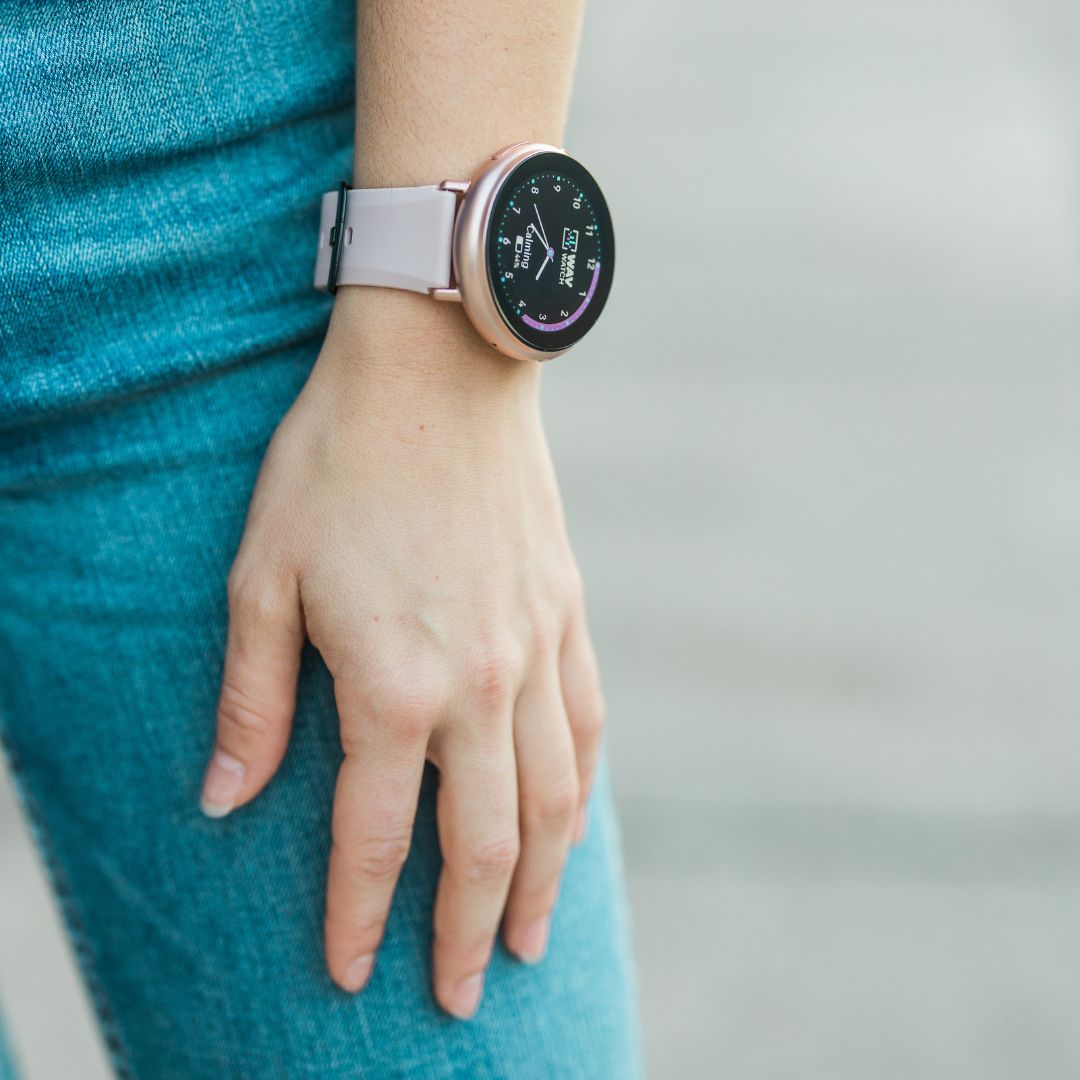
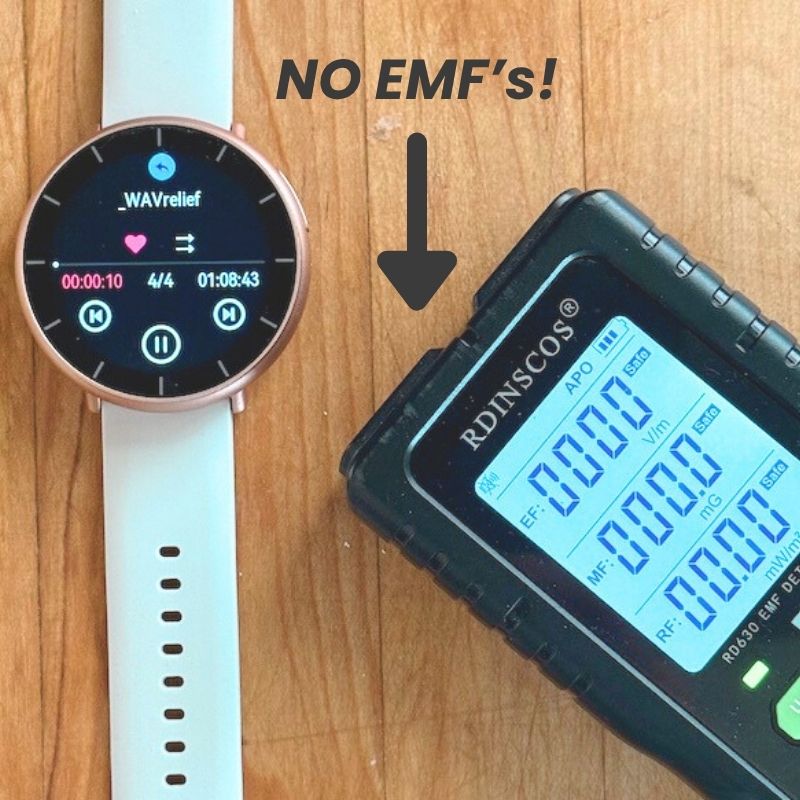



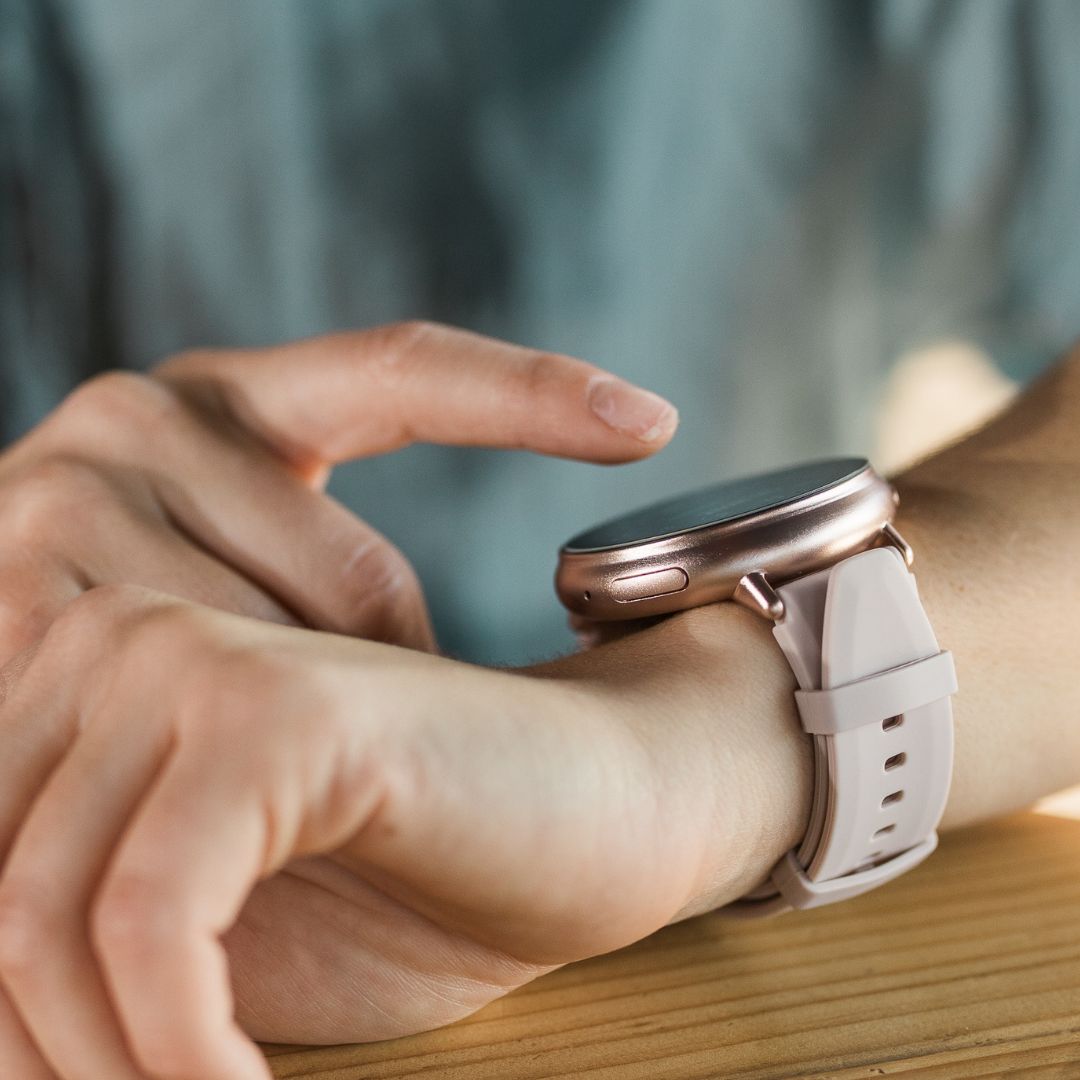





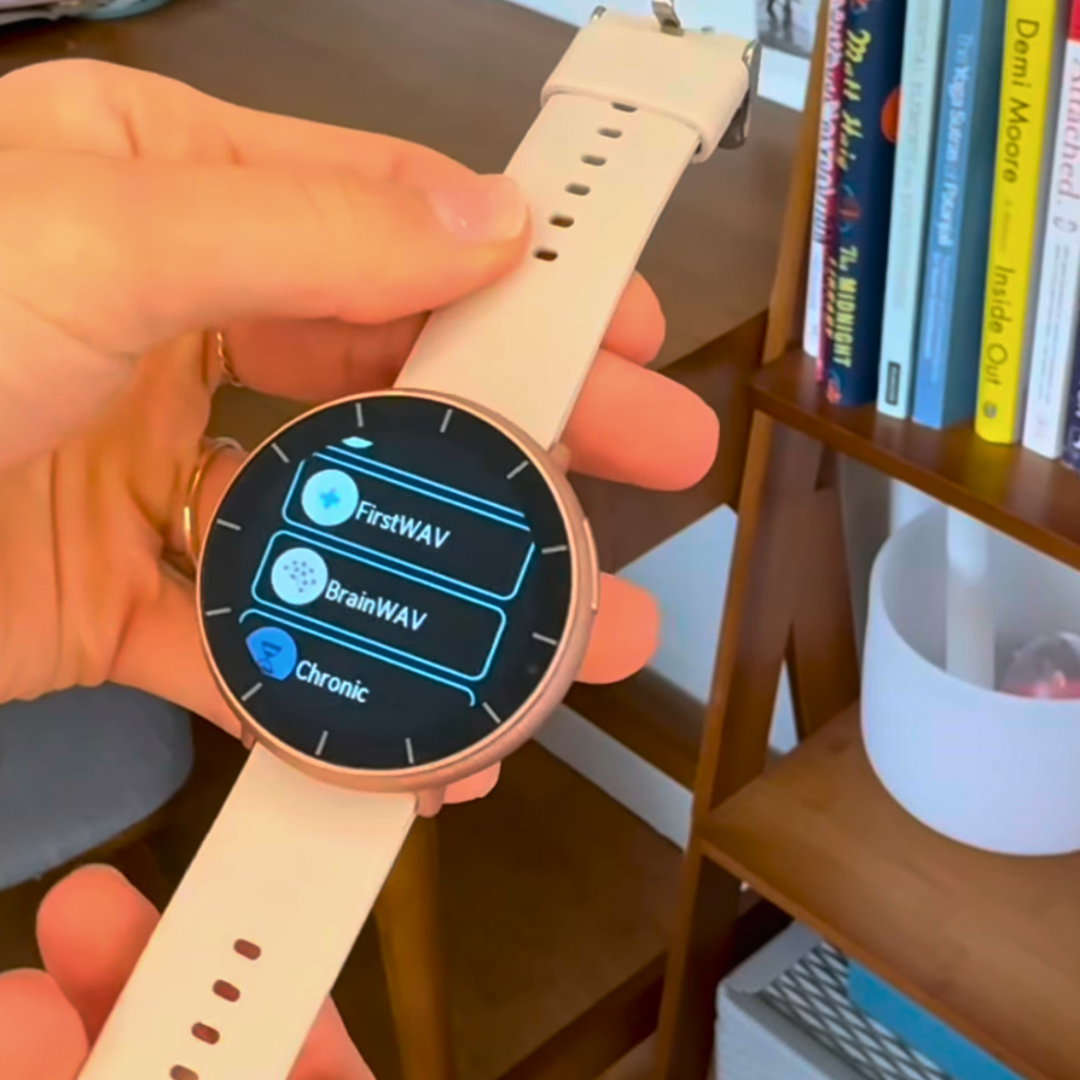
Wearable sound frequency therapy to boost your body's natural healing.
$697.00
Rose gold
Graphite
Rose gold
Graphite
BACK-ORDER
SOLD OUT due to popular demand. Please purchase the WAVwatch 2.0 Lavender Edition or WAVwatch 2.2 instead!
Unlock Natural Wellness — Anytime, Anywhere.
✓ Easy-to-use wearable technology device
✓ Water-resistant, lightweight design
FREE Shipping in the US.


Improve SLEEP
Reduce STRESS
Fight PAIN
HOW IT WORKS
Everything in the universe, and your body, vibrates at a unique frequency. Research also suggests that the action of nerves is based on sound pulses.
Sound frequencies may help restore harmony through gentle, non-invasive energy. WAVwatch 2.0 can be used for
Soreness
Better Sleep
Energy
Relaxation
Detox
Weight Management
Mental Clarity
Circulation
Emotions
Stress
Swollen Joints
Improved Focus
WAVwatch makes self-care effortless—just wear it and let the frequencies play!
HOW TO USE WAVWATCH
Power: Turn your WAVwatch on or off with a long press of the power button. You can put your watch to sleep or wake it up with a quick press of the power button.
Select frequency set: Scroll through the Categories and then select your desired Frequency Set. Start with FirstWAV, which contains a comprehensive set of self-care ideas.
Play frequency set: The selected frequency set will begin playing automatically. From the watch screen, tap on the bottom half of the screen to see currently playing frequency set.
Adjust volume: Swipe right to left then adjust the slider. We recommend a volum of 1-3. You do not have to hear it for the watch to work.
Add to favorites: Tap on the heart icon and choose playlist 1-6. You can add to multiple playlists for ease of use.
Select Repeat: Choose from the two options to play the complete list or repeat the selected frequency set.
30-DAY MONEY-BACK GUARANTEE
Try it risk-free! Return your WAVwatch within 30 days from the date of delivery if you aren't fully satisfied.
Scientific References
An Hour of Light and Sound a Day Might Keep Alzheimer’s at Bay
By Angus Chen | Edited by Gary Stix
Scientific American
Daily exposure to 40-hertz light and sound may reduce Alzheimer’s symptoms by improving brain activity and clearing toxic proteins.
Read Full Paper
The Effect of Music Listening on Pain, Heart Rate Variability, and Range of Motion in Older Adults After Total Knee Replacement
Chih-Chung Hsu et al.
National Library of Medicine
Music listening after total knee replacement significantly reduced pain and improved heart rate variability and range of motion in older adults, suggesting it may enhance postoperative recovery.
Read Full Paper
Vibroacoustic Sound Therapy Improves Pain Management and More
Chris Boyd-Brewer, Ruth McCaffrey
National Library of Medicine
Vibroacoustic therapy, which employs audible sound vibrations, has been shown to alleviate symptoms, promote relaxation, and reduce stress, indicating its potential as a non-invasive method for enhancing patient well-being.
Read Full Paper
A Comprehensive Review of the Psychological Effects of Brainwave Entrainment
TL Huang and C Charyton
National Library of Medicine
Music therapy can effectively reduce anxiety and improve physiological and psychological outcomes across a variety of clinical settings.
Read Full Paper
Fact or Fiction?: An Opera Singer's Piercing Voice Can Shatter Glass
By Karen Schrock
Scientific American
An opera singer can shatter glass by matching its resonant frequency and singing at a sufficiently high volume, though this rare feat typically requires precise conditions and sometimes amplification.
Read Full Paper

